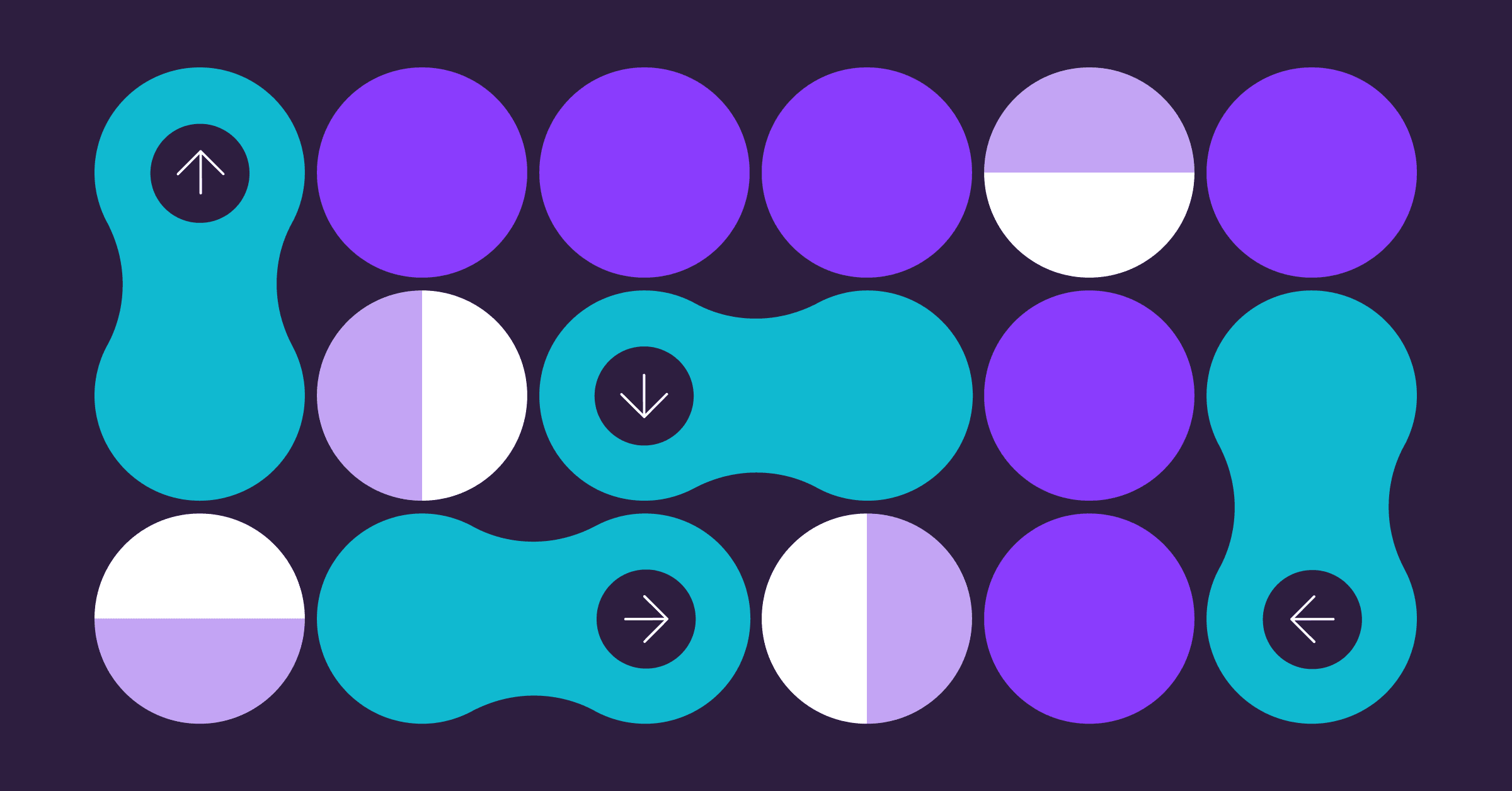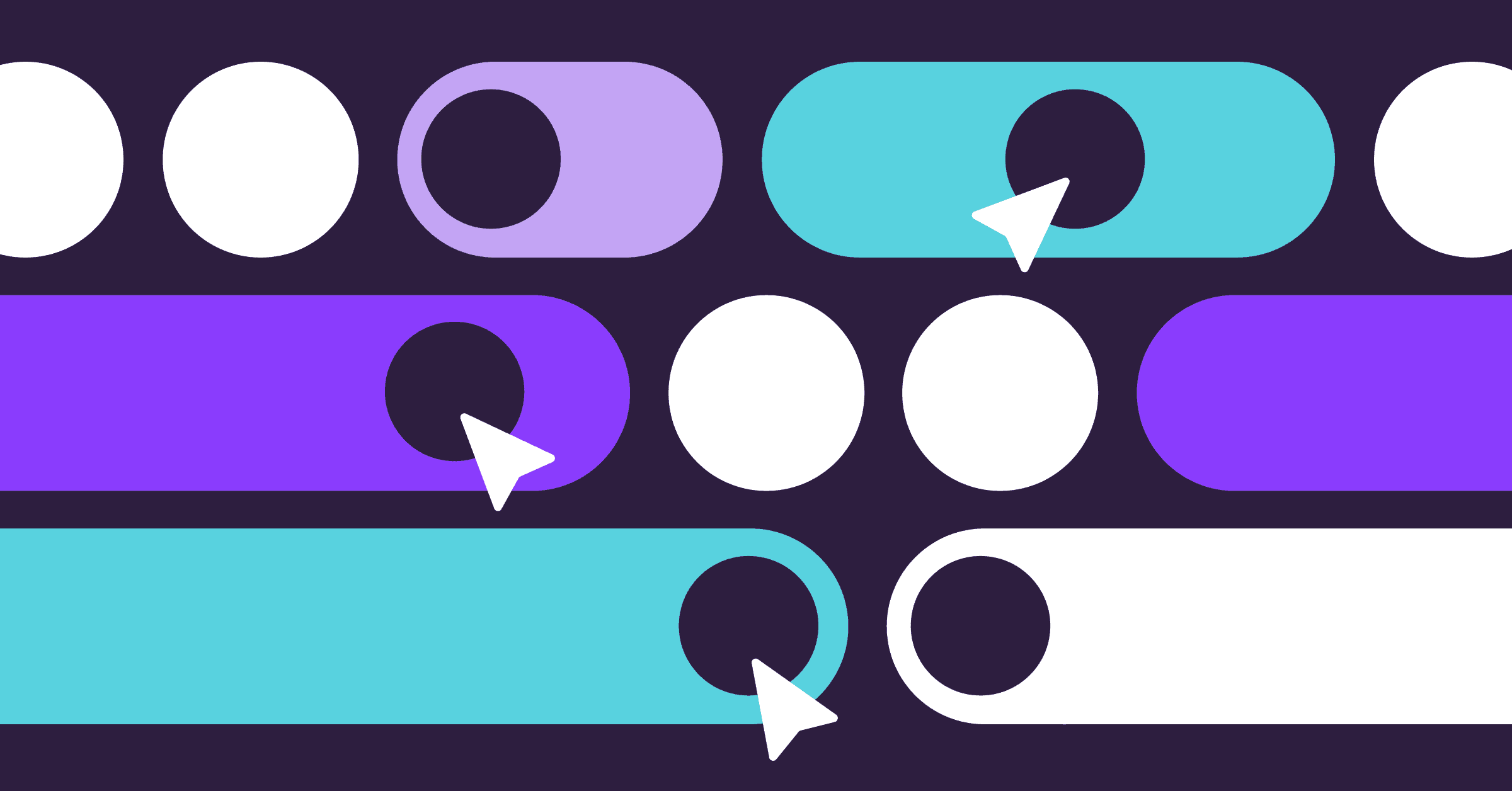Engineering Leader’s Guide to Building a Metrics Program
Learn to build a metrics program that boosts engineering efficiency and reduces cycle time by 47%. In this comprehensive walkthrough, we’ll cover:
Visibility: Using your SDLC data to find inefficiency and determine business alignment
Benchmarking: Better understand your metrics and see your path forward with industry intelligence
Strategy: Step-by-step guidance on setting data-backed improvement goals
Engineering Leader’s Guide to Building a Metrics Program
Download your free copy

The Keys to an Effective Metrics Program
Engineering and the rest of the business speak a different language. And the status quo of reporting on velocity with the same tired burndown charts doesn’t constitute a metrics program.
R&D leaders looking to build an effective metrics program–like the one outlined in the guide–need simple, flexible tooling to benchmark metrics, generate actionable insights, set tangible goals, and automate workflows to improve.
This guide will show you how to incorporate all these aspects. It covers:
Visibility into leading and lagging indicators of engineering health
Benchmarking to understand metrics and define “good” for your team
Diagnosing risks and identifying improvement opportunities
Building your improvement strategy with automation and goal setting

What Engineering KPIs Do You Need?
Every commit, comment, and line of code is a data point that can be used to fill out a picture of overall engineering health. The challenge is that this data is at different levels, in different tools, meant for different audiences.
Start by correlating data sources, structuring data in a helpful way, and analyzing it to find improvement opportunities. A great place to focus initially is DORA metrics and leading indicators.
Automate data collection, analysis, and insight gathering with a free LinearB account.
Benchmarking Your Metrics
Is your team’s 7-day cycle time good? What about their 150 diff pull request (PR) size? Visibility into these metrics isn’t enough–seeing how your teams’ metrics fit within overall industry performance is the only way to come up with an empirical definition of “good.”
An effective metrics program includes context such as knowing:
Where your teams are
What they need to focus on
How far they have to go
Get a holistic view of engineering performance with our in-depth analysis of 2000+ development teams across more than 60 countries and 3.6 million PRs in the LinearB Software Engineering Benchmarks Report.

Identifying Workflow Bottlenecks
Next, define the metrics you want to improve.
When building your improvement strategy, focus on bottlenecks and incorporate both leading and lagging indicators of engineering health.
For example, Cycle Time–one of the four DORA metrics–is a lagging indicator. It also includes both Pickup and Review Time. Both of those metrics are improved by reducing the size of PRs (a leading indicator).

Set Your Goals and Automate to Improve
This is the endgame of an engineering metrics program. With LinearB’s data-backed goal setting and workflow automation tools–like one-click PR approval workflows, PR routing, and goal alerting–users see an average 47% reduction in cycle time.
Here are some pro tips for setting improvement goals:
Narrow your initial scope: Pick one set of metrics to focus on–e.g. efficiency or quality
Keep metrics top of mind: Customize a dashboard with the metrics you want to improve. Check progress and report on it often.
Set realistic goals: Whether you use numbers or tiering, be specific and sensible
Time box goals and report often: We recommend 90-day intervals. Report progress and identified blockers early.

Download your free copy

More resources

Report
2026 Software Engineering Benchmarks Report
Created from a study of 8.1+ M PRs from 4,800 engineering teams across 42 countries.

Workshop
2026 Benchmarks Insights
Explore new AI insights from the 2026 Software Engineering Benchmarks Report – backed by 8.1M+ PRs across 4,800 engineering teams and 42 countries.

Guide
Hiring kit: Director of AI Enablement
Everything you need to define, hire, and empower the Director of AI enablement in your engineering organization.